
ASU Natural History Collections
Collections overview
The ASU Natural History Collections are comprised of nine different collections that support the university's teaching, research and public outreach functions. They are supported by the School of Life Sciences. Our collections emphasize flora and fauna from the arid southwest of North America, especially Arizona and Sonora, Mexico. Collectively, our holdings rank among the largest collections of Sonoran desert biota in the world.
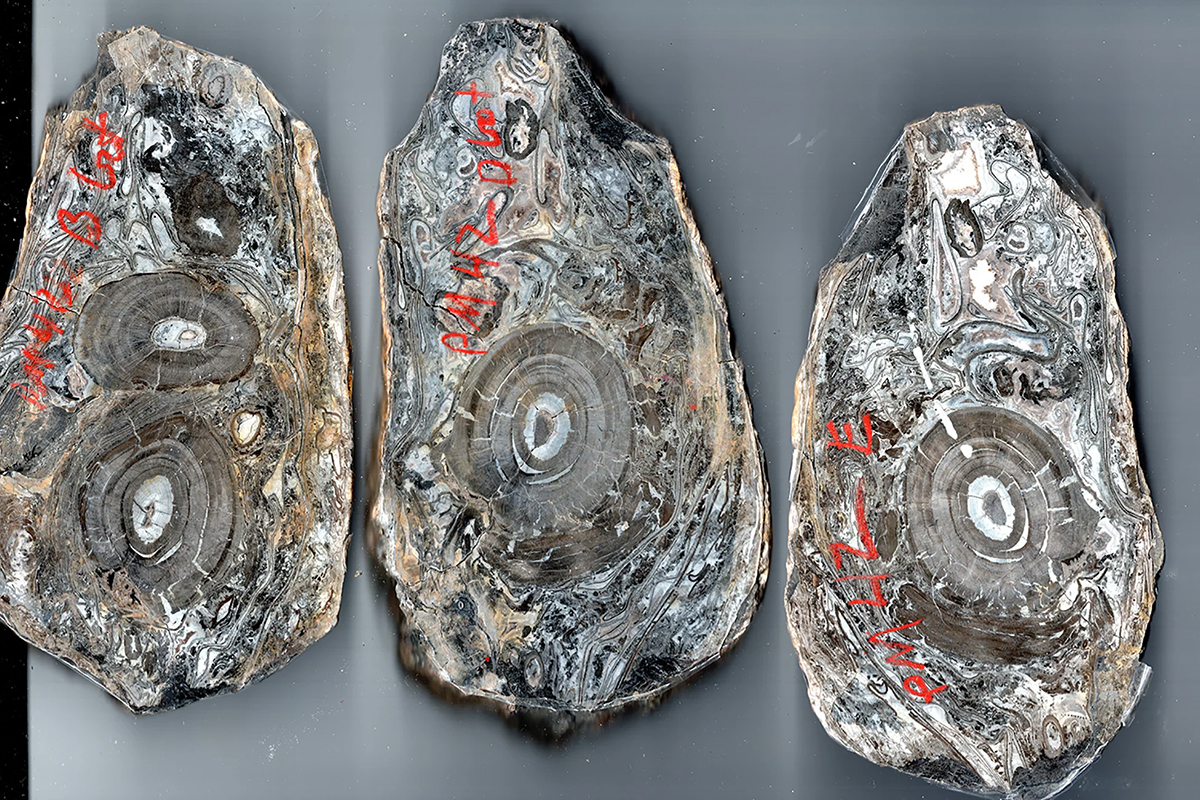
Fossil Plant Collection
The Fossil Plant Collection (ASUPC) is a unique resource for the ASU Natural History community, supporting plant evolutionary research, teaching, and public outreach.

Hasbrouck Insect Collection
The Hasbrouck Insect Collection (ASUHIC) is a vibrant part of the ASU Natural History Collections community, with a diverse array of insect research, learning, and outreach activities.
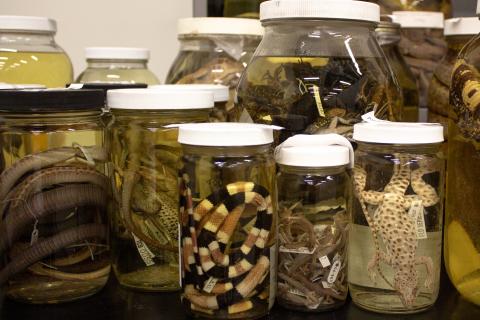
Herpetology Collection
The Herpetology Collection (ASUHEC) contains approximately 38,000 specimens representing more than 900 species, with a geographic concentration in the western United States and northwestern Mexico.

Ichthyology Collection
The Ichthyology Collection (ASUFIC) contains approximately 22,000 lots representing more than 580 species, with a geographic concentration in the southwestern United States and northwestern Mexico.
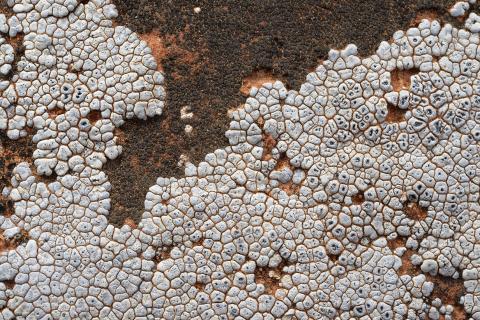
Lichen Herbarium
The ASU Lichen Herbarium (ASU) is among the ten largest collections of lichenized fungi in the US; it contains some 115,000 specimens. The collection has a particularly strong focus on the Greater Sonoran Desert Region [northwestern Mexico: Baja California, Baja California Sur, Sonora, western Chihuahua and northern Sinaloa; and southwestern USA, Arizona, southern California].

Mammalogy Collection
The Mammalogy Collection (ASUMAC) contains approximately 9,300 specimens representing more than 160 species, with a geographic concentration in the southwestern United States and northwestern Mexico. The research collection represents the second-largest mammal collection in Arizona.

Mollusk Collection
The Arizona State University Mollusk Collection (ASUMOC) is curated by volunteer and avid shell enthusiast, Dale Snyder. It consists of approximately 140,000 shell specimens, and includes members from five of the seven classes of the phylum Mollusca.
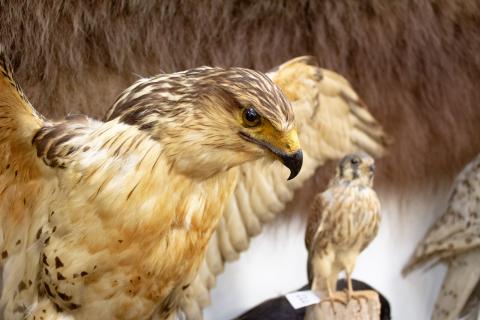
Ornithology Collection
The Ornithology Collection (ASUORC) at the ASU Natural History Collections contains approximately 2,000 specimens representing more than 300 species, with a geographic concentration in the southwestern United States and northwestern Mexico, with some Neotropical representation as well.
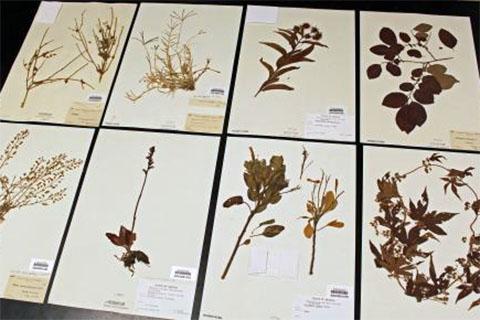
Vascular Plant Herbarium
The Arizona State University Vascular Plant Herbarium (ASU) is among the most important in the greater Sonoran Desert region with over 315,000 specimens. We are particularly proud of our holdings of Cactaceae which include over 1,100 chromosome counts.